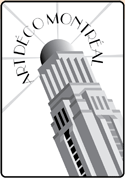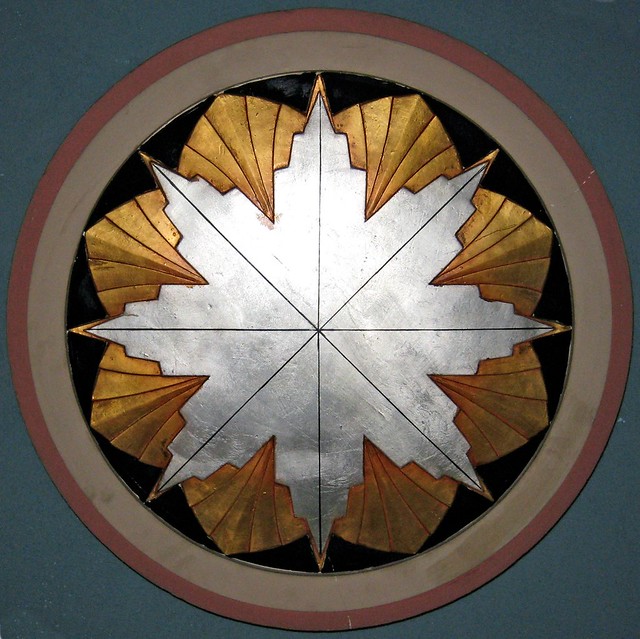| Biography |
Born and raised in Vancouver, Donald Luxton, FRAIC, has a passionate interest in local history and heritage. Involved in the field of heritage resource management since 1983, he is a well-known heritage and museums consultant, preservation advocate, educator and author, and has worked on numerous projects throughout western Canada, including municipal planning projects, heritage inventories and evaluations, and the restoration of residential, commercial, and institutional buildings. He is active in the field of public education through the teaching of heritage conservation courses, for both general interest and university credit, and is currently a sessional lecturer in the BCIT Architectural Science degree program. His interest in the preservation of architecture has led to his continuing involvement with a number of heritage societies, including his role as a founding Director and current President of Heritage Vancouver, founding and current President of the Canadian Art Deco Society, Director of the Arthur Erickson Conservancy, founding Director of the Victoria Heritage Foundation and former Director of the Vancouver Heritage Conservation Foundation. In 2006 he received a honourary membership in the B.C. Society of Landscape Architects, and in 2007 was elected to the College of Fellows of the Royal Architectural Institute of Canada. Among his current projects, he is acting as project manager for a new museum for the Nisga’a First Nation, being constructed in Greenville, BC, that will open in 2010.
He is the co-author of Lions Gate (Talonbooks, 1999) and Building the West: The Early Architects of British Columbia (Talonbooks, 2003). His most recent book, Vancouver General Hospital: 100 Years of Care and Service, was released in February 2006. |
| Abstract |
The Marine Building is the landmark Art Deco structure in Western Canada, and one of Canada’s most famous buildings of the twentieth century. Built at the cusp of the Great Depression, it marked the mature flowering of the Art Deco style in Vancouver, and was the masterwork of local architects, McCarter & Nairne. Marine motifs run riot throughout the building’s exterior and interior ornamentation. The lobby, entered through a grand portal, remains one of the most glorious interior public spaces in Western Canada. Entering through the exquisite wood and brass doors, with their frames encrusted with three-dimensional cast sea creatures, the cathedral-like splendour of the lobby becomes visible. Stained glass panels at each end echo the sunrise and sunset; the leather-finish terra cotta is the largest installation of Batchelder tiles in the world. Subdued indirect lighting shines upward from ship’s prows that surge forward from the wall surfaces. Cast brass elevator doors are a riot of geometric ornament, and the interiors of the elevator cabs are superb examples of inlaid marquetry, using a dozen different kinds of wood. This presentation will examine the Marine Building’s historic context, construction, design and current condition. |








 Deco(rous) Modernity: A Consideration of Eaton’s College Street Store in Toronto, Ontario
Deco(rous) Modernity: A Consideration of Eaton’s College Street Store in Toronto, Ontario
